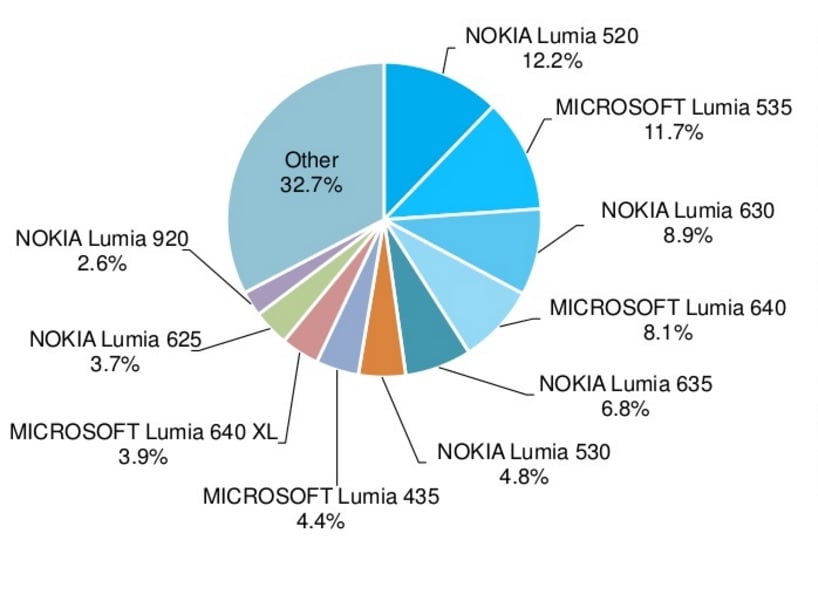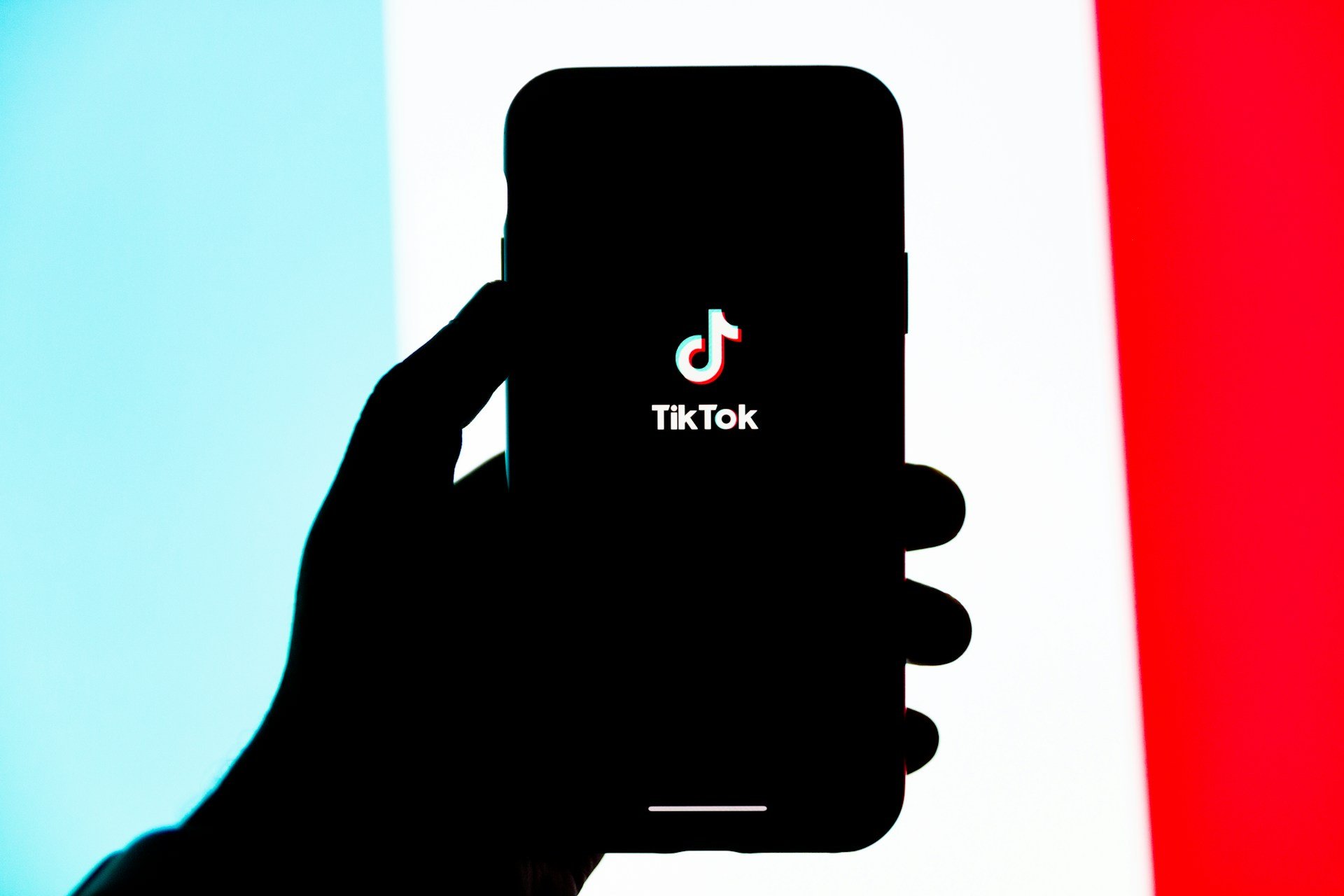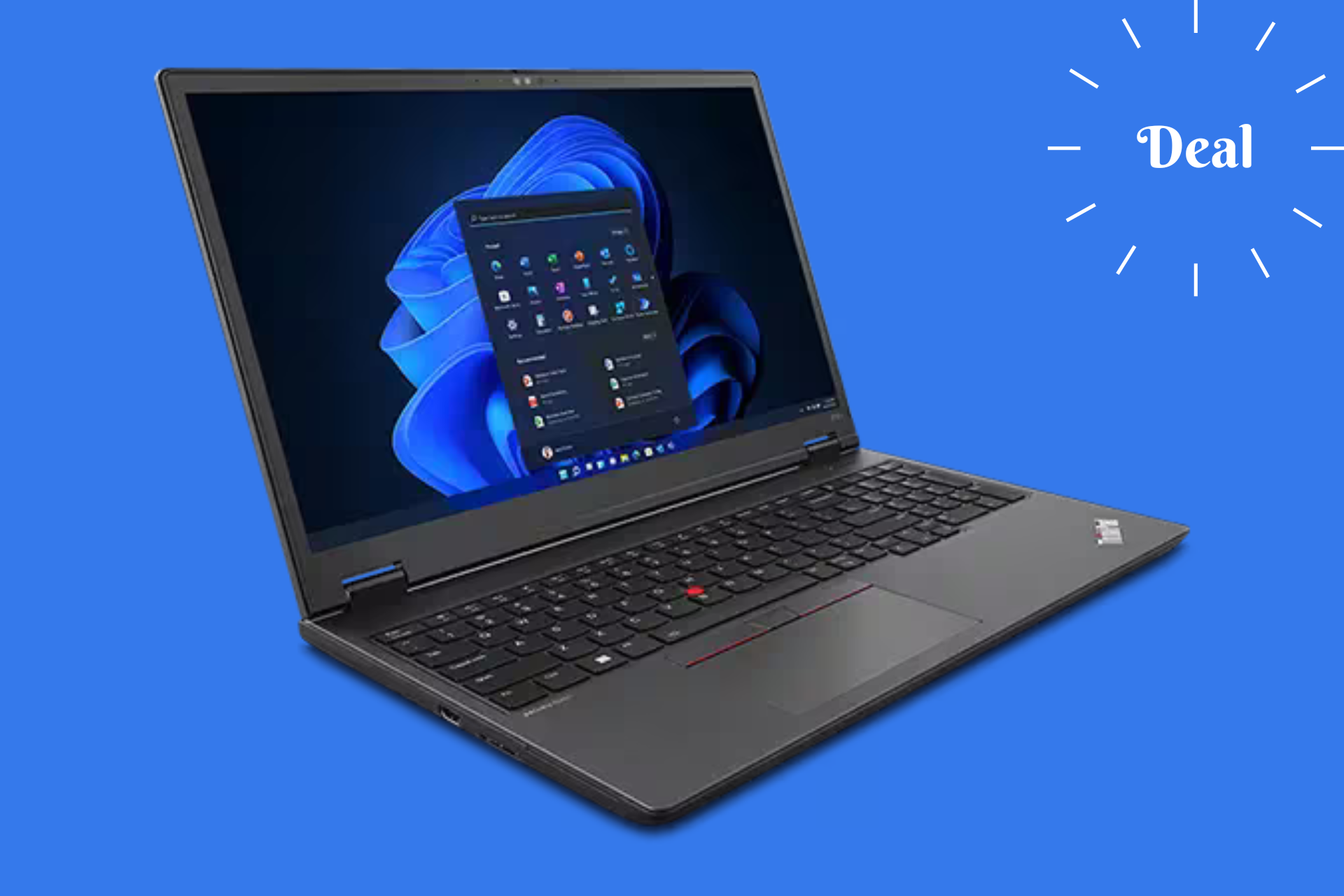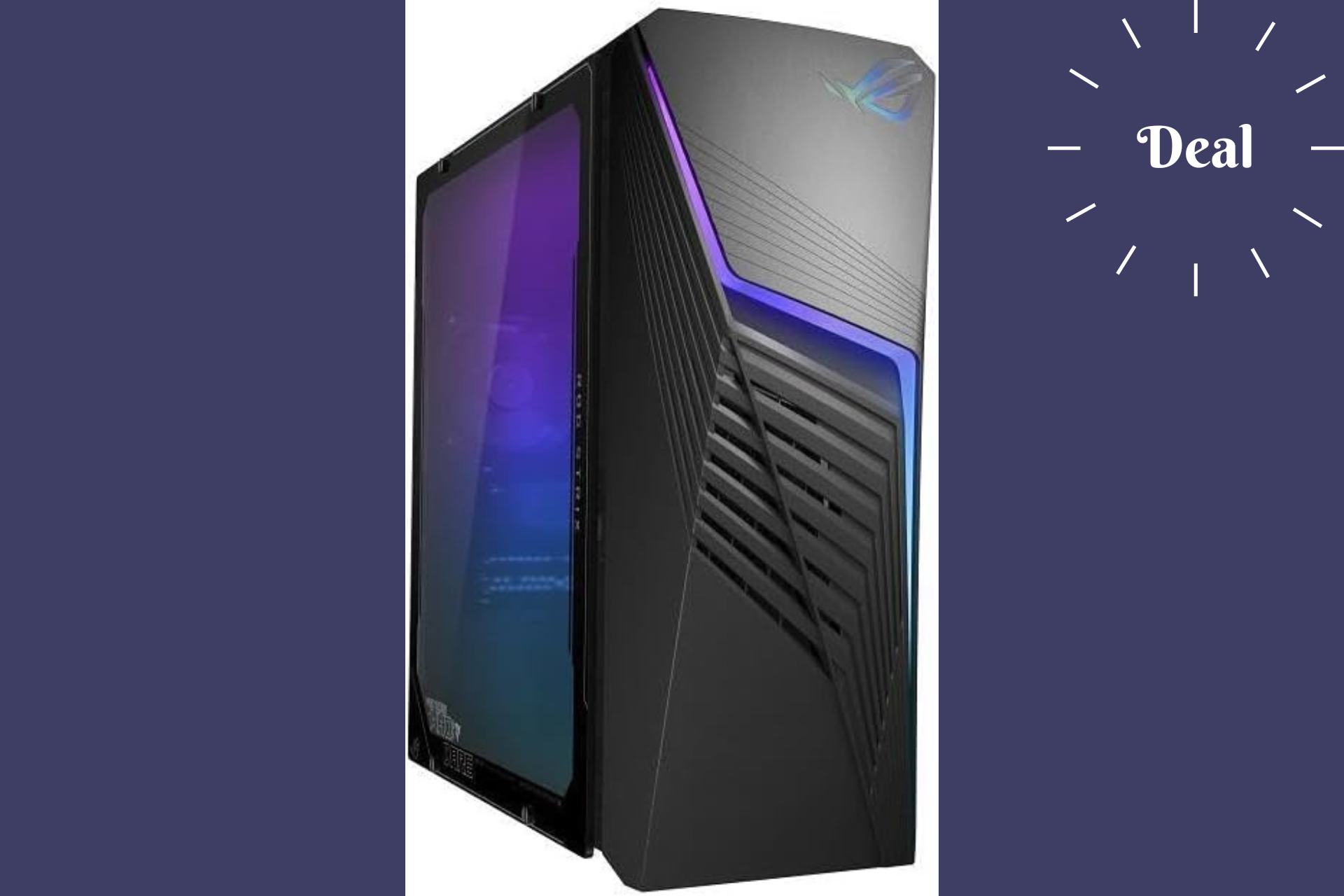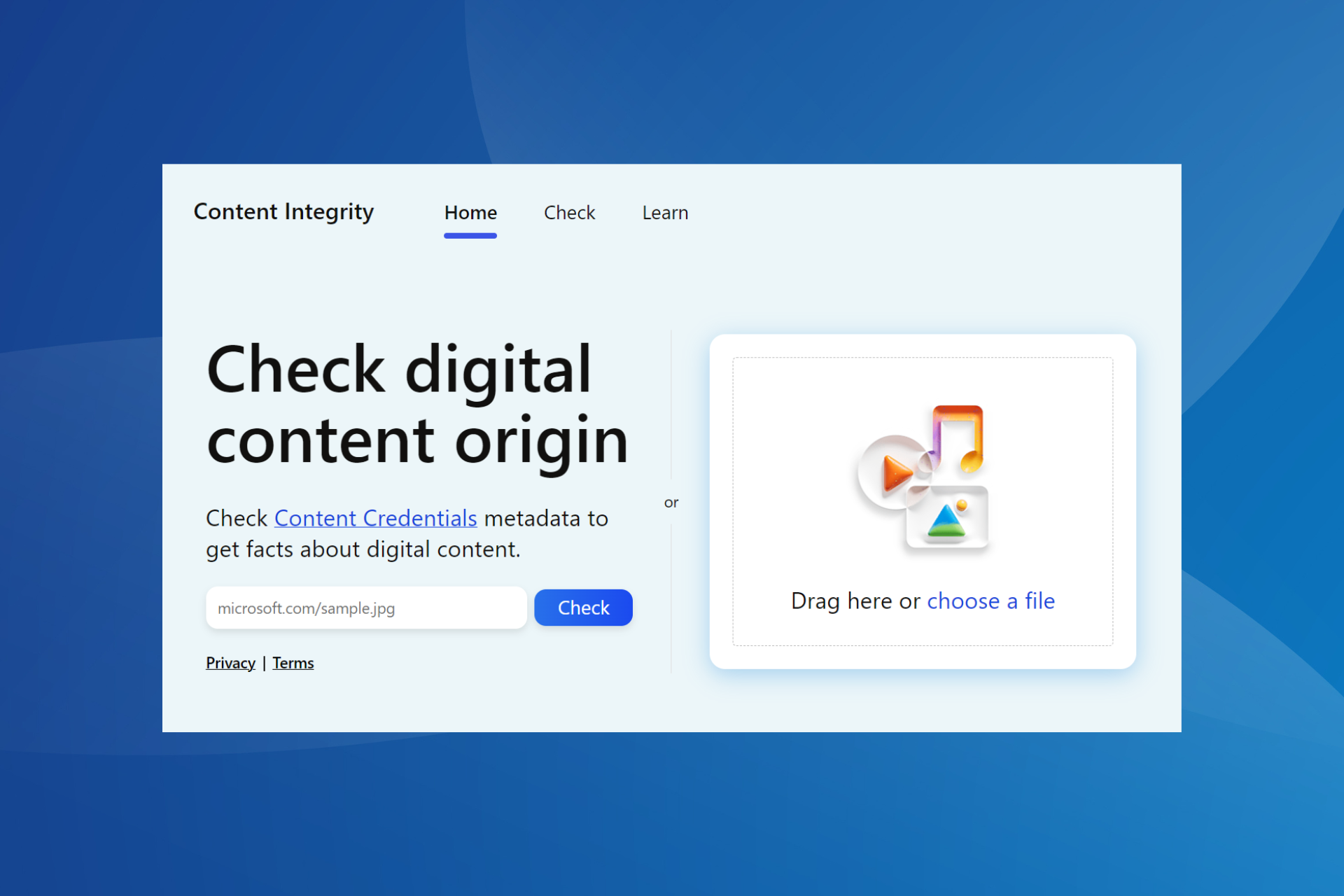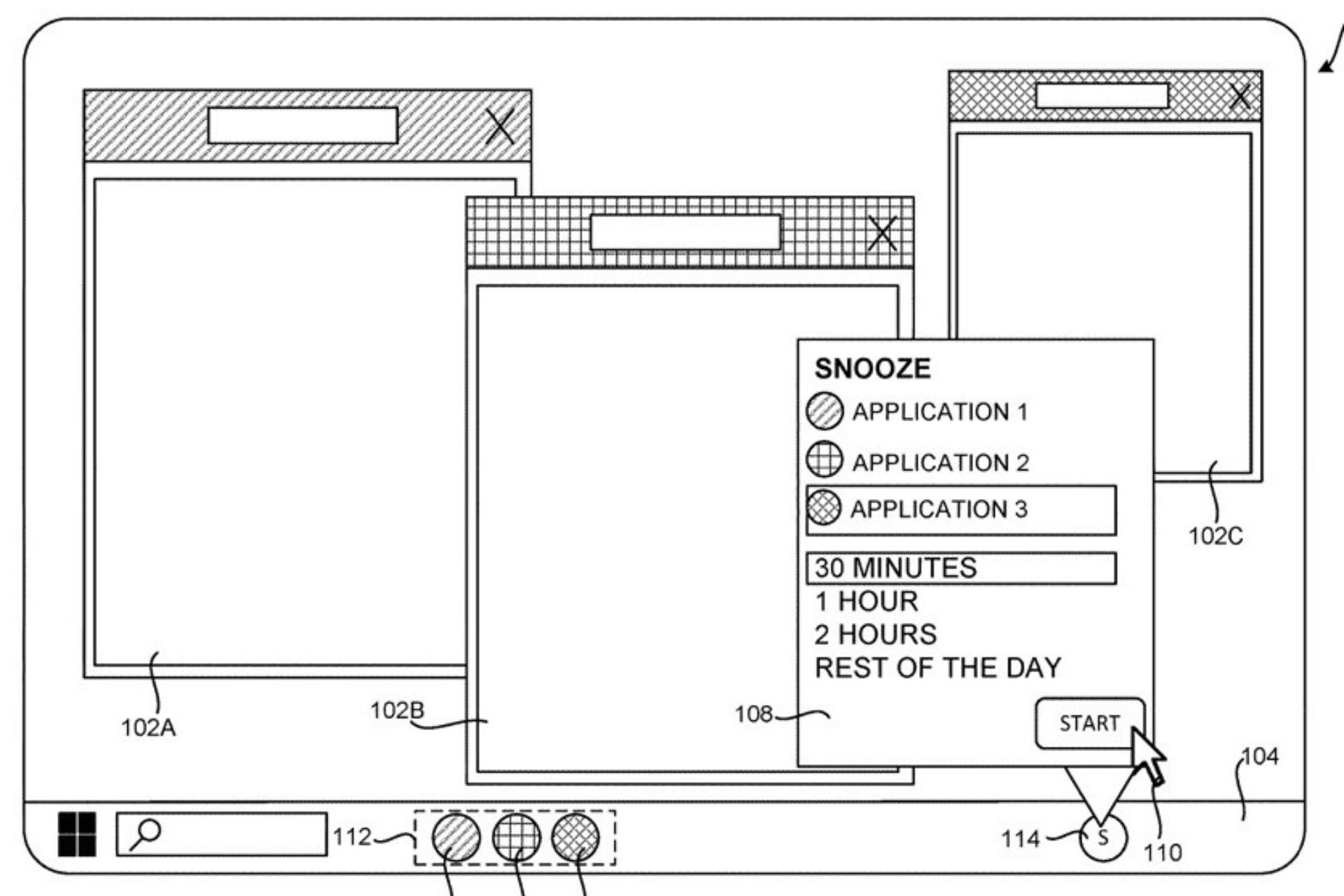Report reveals Lumia 520 and Lumia 535 as the most popular Windows phones
2 min. read
Updated on
Read our disclosure page to find out how can you help Windows Report sustain the editorial team Read more
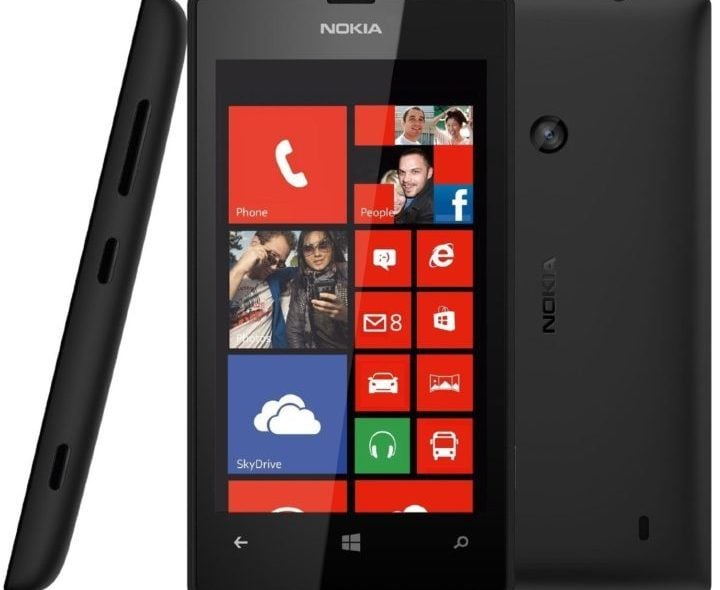
AdDuplex published its Windows phone statistics for May, revealing changes in the behavior of Windows phone owners. The May report is based on data collected from 5,000 devices, starting from May 16.
In it, the report confirms an interesting trend: the most popular Windows phones are not the latest models. Actually, Lumia 520 and Lumia 535 are the most popular Windows smartphones despite the fact they were launched in 2013 and 2014, respectively.
Microsoft made numerous, significant efforts to convince its customers to buy newer phone models without much success over the year, but it seems Windows phone owners do not follow the same pattern as iPhone owners who immediately upgrade to the next phone model as soon as it is available.
Unfortunately, not even the most appealing discounts, from allowing you to get a free Lumia 950 if you bought the Lumia 950 XL to enticing trade-in offers could convince buyers to say yes.
In the Windows phone world, the Lumia 520 holds a 12.2% market share, up from 12.1% in March, while the Lumia 535 has a 11.7% market share, down from 12% last month. The Lumia 630, 640 and Lumia 635 round out the top five most popular Windows phones, with a market share under the 10% threshold.
The Lumia 520 is actually the best selling Windows phone ever, with more than 12 million devices sold worldwide. However, with Microsoft no longer updating the phone and delaying the Windows 10 upgrade for Lumia 520 owners, that seems likely to end soon.
As far as Windows phone manufacturer statistics are concerned, there are no significant changes, with Microsoft-Nokia on the first place and HTC second. The top could change a bit in the following months given the series of Windows 10 phones released by the other manufacturers: the Acer Liquid M330 has a very appealing price tag of only $99.99, HP’s Elite X3 is expected to land in July, while Coship’s Moly PCPhone W6 impresses through its design.
If you want to read the full report, go to AdDuplex’s page.
RELATED STORIES YOU NEED TO CHECK OUT:

